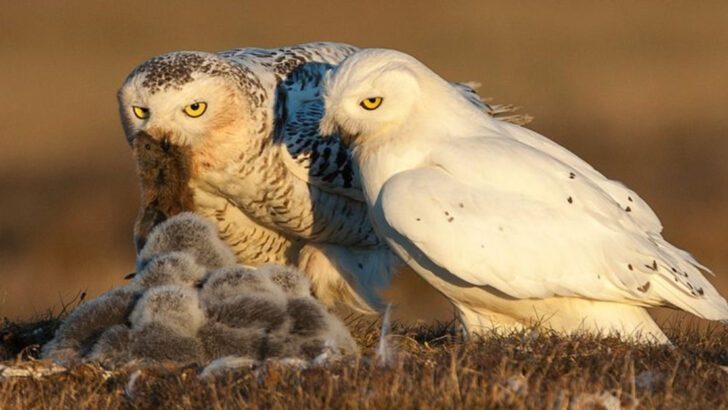Some animal parents vanish the moment their babies arrive. No lullabies. No cuddles. No packed lunches. Just… good luck out there, kid. But here’s the twist—these so-called “deadbeat” moms and dads? They often know exactly what they’re doing. In the wild, walking away can sometimes be the ultimate survival strategy. From frogs that ditch their eggs on leaves to reptiles that ghost their hatchlings before they’ve even opened an eye—these animals aren’t heartless. They’re following instincts honed by millions of years of evolution. And believe it or not, in many cases, leaving the kids behind gives them a better shot at life.
Cuckoo Bird
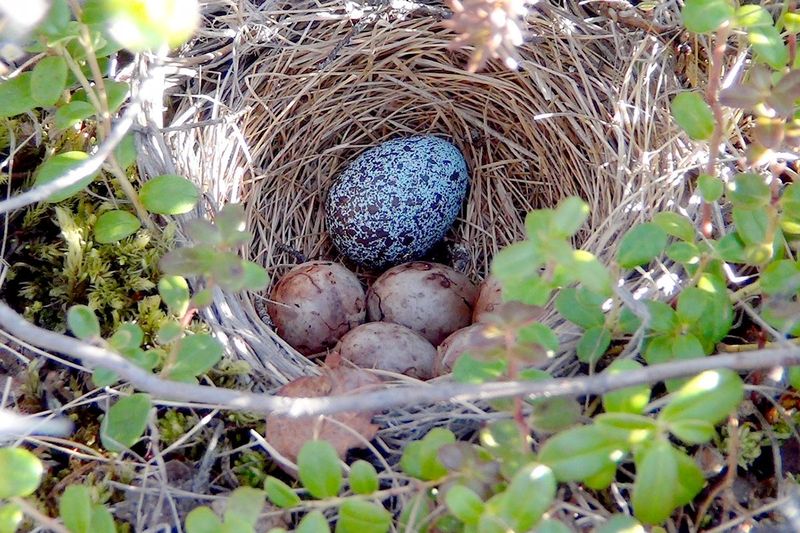
The cuckoo bird is notorious for its brood parasitism. This crafty bird lays its eggs in the nests of other species, leaving the unsuspecting host to raise its chicks. Why does the cuckoo abandon its young? This clever survival strategy allows the cuckoo to conserve energy and resources. By outsourcing parenthood, the bird can focus on producing more offspring rather than nurturing them. It’s a fascinating example of evolution’s cunning solutions to survival challenges. Interestingly, some host birds have evolved to recognize and reject cuckoo eggs, creating an ongoing evolutionary arms race.
Sea Turtle
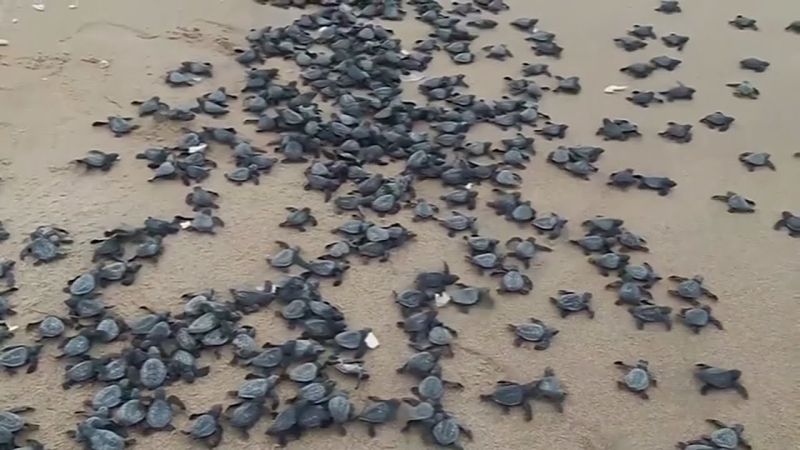
Every year, female sea turtles embark on a remarkable journey. They return to the beaches where they were born to lay their eggs before departing into the ocean. The newly hatched turtles face immediate danger as they race towards the sea. Abandoning them may seem harsh, but it’s a survival tactic. By laying hundreds of eggs, sea turtles increase the odds that some will survive. This strategy ensures the continuation of the species, despite the high mortality rate of hatchlings. It’s a testament to nature’s balance, where quantity compensates for vulnerability.
Emperor Penguin
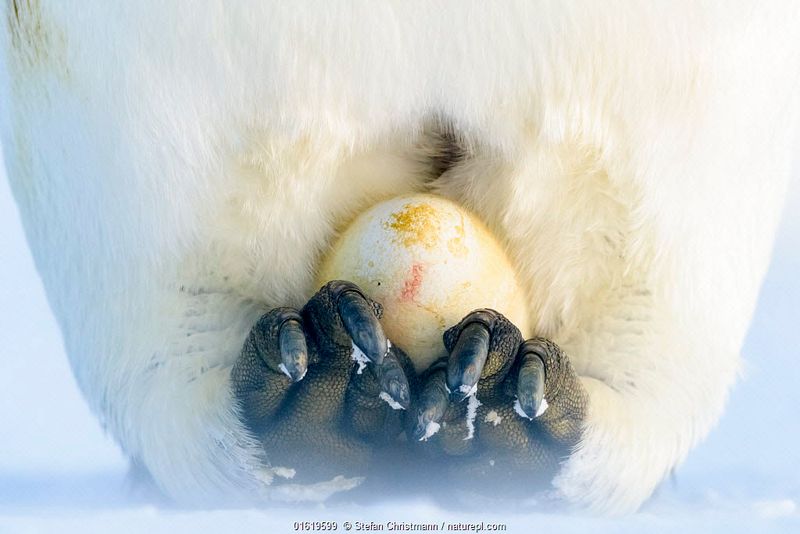
In the icy wilderness of Antarctica, emperor penguins exhibit unique parenting behavior. The females lay a single egg and leave it with the males to incubate while they forage for food. This role reversal is vital for survival. Males huddle together, incubating the egg on their feet to keep it warm. Despite the harsh conditions, this strategy ensures the chick’s survival in a treacherous environment. Upon the female’s return, the chick is ready to hatch, showcasing the remarkable coordination and sacrifice emperor penguins make to raise their young.
Poison Dart Frog
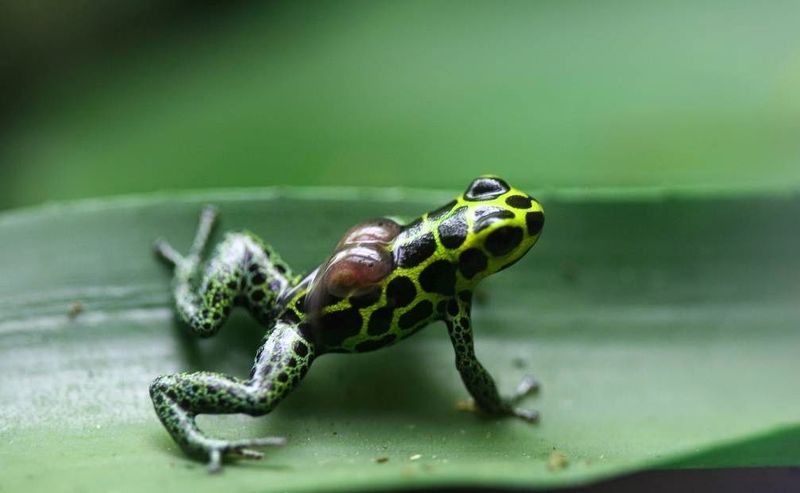
The poison dart frog is a small yet vibrant creature with an unusual parental approach. After laying eggs, the female leaves the male to care for them. Once hatched, the tadpoles ride on the mother’s back to water-filled leaf axils. This journey is both perilous and essential. By abandoning them in these safe havens, the mother ensures their growth in a predator-free zone. This temporary abandonment is a protective measure that aids in the thriving of the next generation. It’s a vivid example of the lengths to which nature’s guardians go to ensure survival.
Octopus
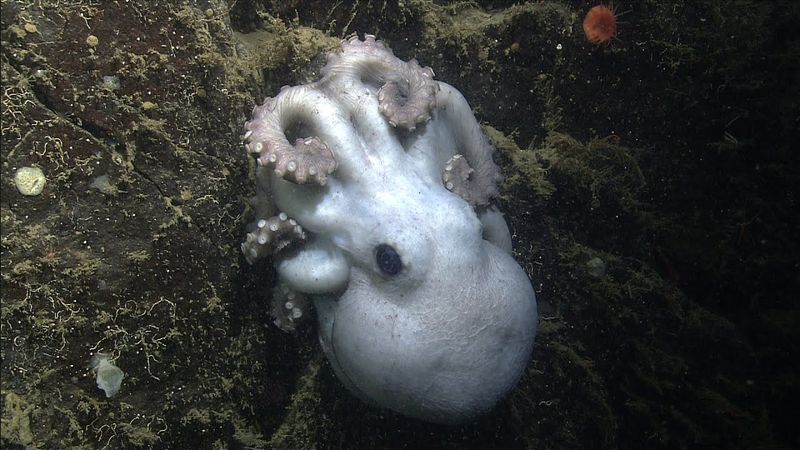
The octopus, known for its intelligence, has a heartbreaking yet strategic approach to motherhood. After laying thousands of eggs, the female guards them diligently, refusing to leave even for food. She eventually dies of starvation, leaving the hatched young to fend for themselves. This ultimate sacrifice ensures the eggs’ safety until they hatch. The young octopuses disperse into the ocean’s depths, continuing the cycle of life. This selfless act is a poignant reminder of the sacrifices made in the wild, where nurturing often comes with a high personal cost.
Mallee Fowl
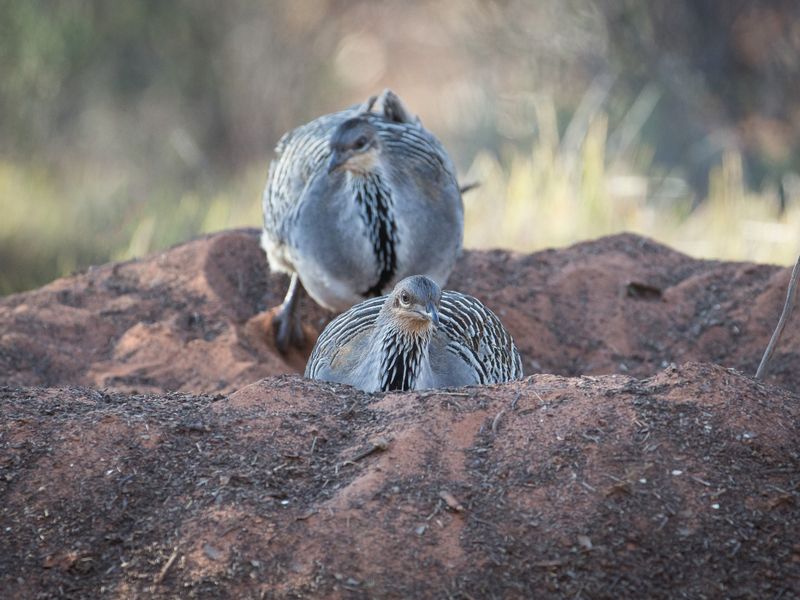
In the Australian outback, the mallee fowl takes a unique approach to parenting. The male builds a large mound to incubate the eggs, using solar energy to regulate temperature. Once the eggs are laid, the parents leave them to hatch independently. This method of abandonment utilizes natural warmth to nurture the young. The chicks are born self-sufficient, ready to navigate the world alone. This clever use of environmental resources exemplifies adaptive strategies in harsh climates. The mallee fowl’s independence from birth is a testament to nature’s ingenuity.
Common Eider
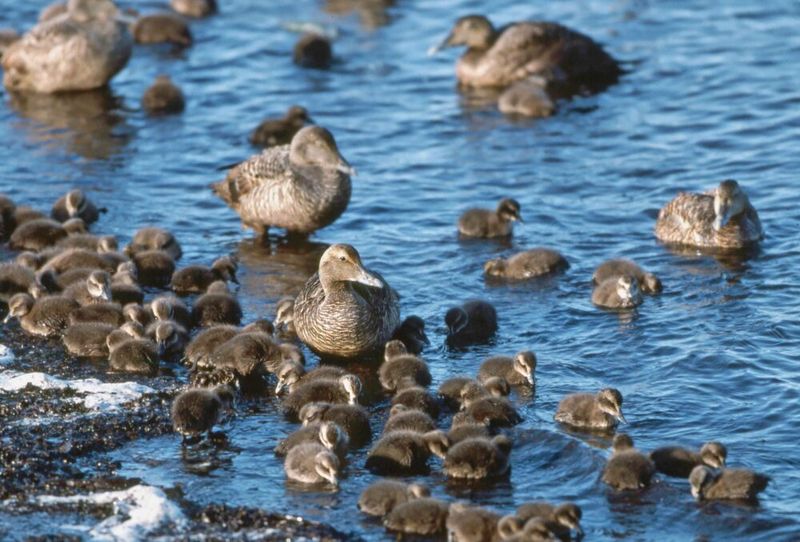
Common eider ducks, found along northern coasts, have a unique approach to rearing young. Females form crèches, communal nurseries where they care for ducklings collectively. While some mothers leave their young in these groups, others volunteer to take on extra ducklings. This shared responsibility allows for increased vigilance and protection from predators. By abandoning individual care, eiders enhance the survival chances of the group. This communal strategy highlights the benefits of cooperation in the animal kingdom, where pooling resources leads to greater success.
Pacific Salmon
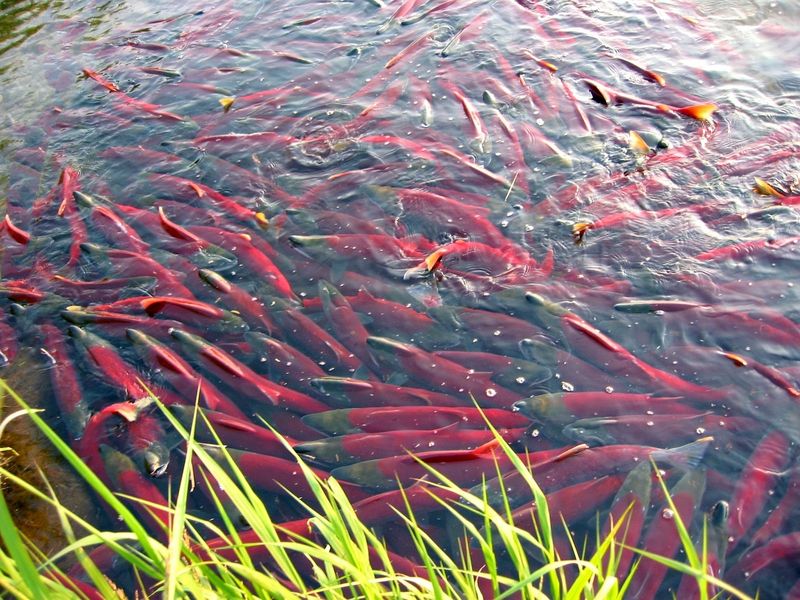
Pacific salmon are renowned for their epic migration. After spawning in freshwater rivers, adults abandon their offspring, dying shortly afterward. This abandonment is a natural part of their life cycle. The nutrient-rich bodies of the deceased adults enrich the river ecosystem, providing sustenance for the young. This cycle of life and death is crucial for ecological balance. The young salmon thrive in this environment, eventually making their way to the ocean. The salmon’s journey is a powerful example of how life persists through cycles of renewal and regeneration.
Snowy Owl
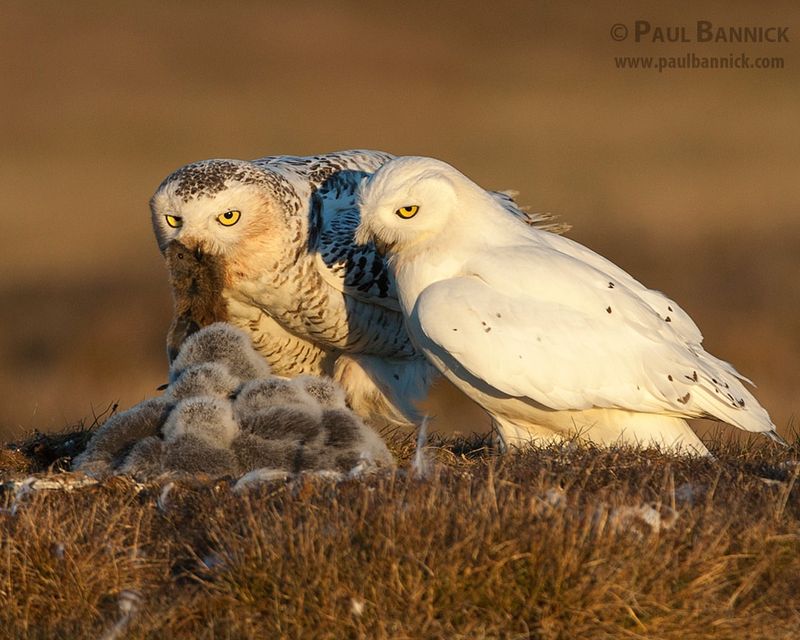
The snowy owl, inhabiting the Arctic tundra, has adapted to its harsh environment. When food is scarce, parents prioritize the strongest chicks, sometimes abandoning weaker ones. This difficult decision maximizes the survival of at least some offspring. It’s a stark reflection of nature’s unforgiving realities. By focusing resources on those most likely to thrive, snowy owls ensure that their lineage continues. This natural selection process, while harsh, is a testament to the resilience and adaptability required to survive in the wild.
European Coot
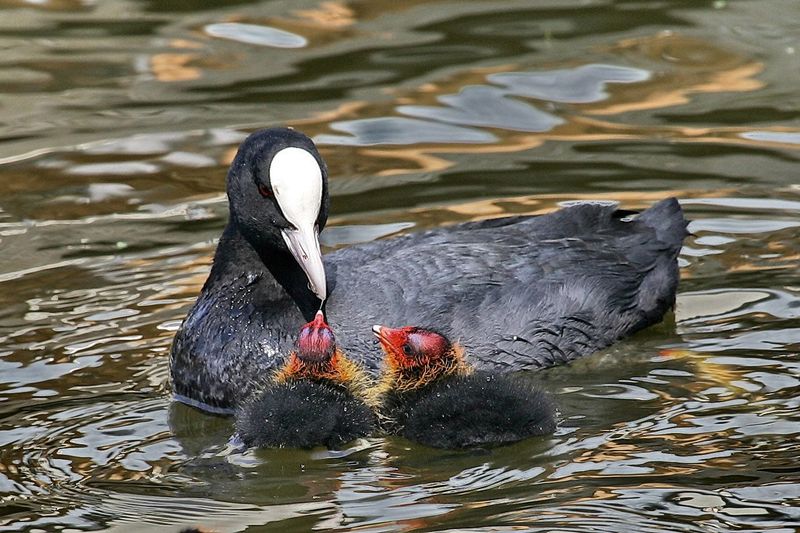
The European coot, found in freshwater environments, practices selective care. Parents may abandon weaker chicks to ensure the survival of the strongest. This behavior is a pragmatic approach to limited resources. By investing in the fittest offspring, coots increase their chances of reproductive success. This strategy highlights the tough choices faced in the wild, where survival often requires difficult decisions. The coot’s approach is an embodiment of natural selection, where only the most adaptable thrive.
Polar Bear
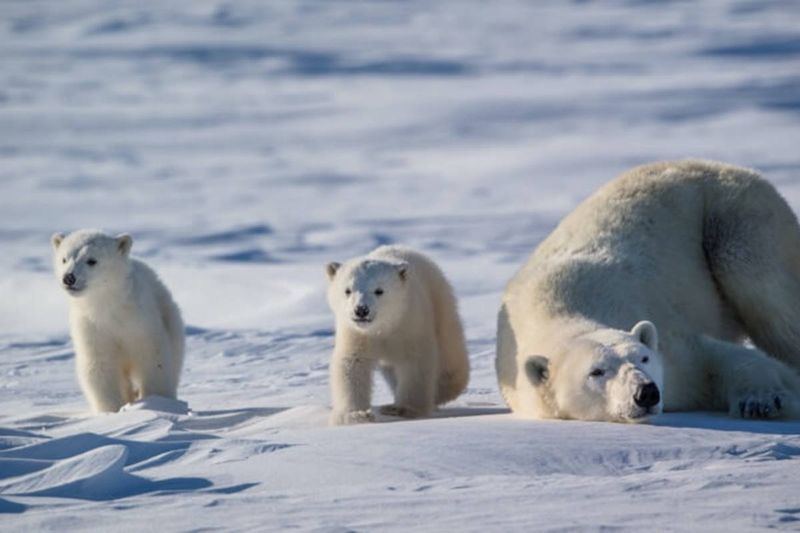
Polar bears, iconic symbols of the Arctic, exhibit fierce dedication to their cubs. However, if food is scarce, mothers may abandon cubs to ensure their own survival. This harsh reality reflects the extreme challenges of their environment. Such abandonment, though heart-wrenching, allows the mother to live and potentially reproduce again, sustaining the species. It’s a stark portrayal of survival instincts in one of the planet’s most unforgiving habitats. This strategy underscores the delicate balance between individual survival and the continuation of the species.

